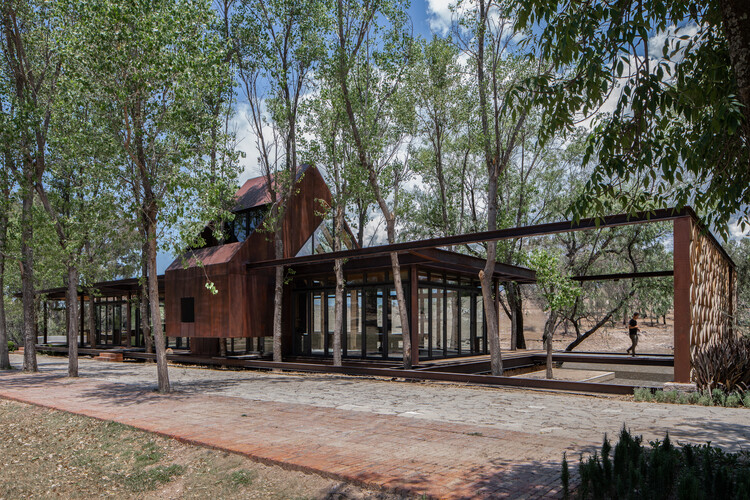
The city of San Miguel de Allende is located within the state of Guanajuato, in the central-northern region of Mexico, geographically bordering the states of Zacatecas, San Luis Potosí, Querétaro, Michoacán, and Jalisco. It covers an area of 43.6 hectares and is one of the most populated regions in its state. In 2008, it was declared a World Heritage Site by UNESCO and is characterized by its baroque and Spanish architecture. It is part of the list of magical towns in Mexico. Additionally, in this city, you will find the Parish of San Miguel Arcángel, built with the pink quarry stone typical of the region.
There are several reasons why San Miguel de Allende has become one of the most visited destinations by national and international tourists. Its territory, composed of plateaus, plains, and valleys, has attracted the attention of various artists such as José María Velasco, who dedicated part of his work to immortalizing the landscapes of the Mexican Bajío. Currently, due to the interest and growth of the population and cities, contemporary Mexican architects have dedicated themselves to building residential, cultural, recreational, and commercial buildings that reveal common gestures that make up the new Mexican architecture.
Below, we present some examples of projects ranging from houses, hotels, restaurants, and terraces to inspire you in your next designs.
Zarcillo Residence / estudio ar

Hotel Albor San Miguel de Allende, Tapestry Collection by Hilton / PRODUCTORA + Esrawe Studio

TOMM House / mauricio Alonso. m arquitecturA

Shoemaker House / Jaime Juárez R. Arquitecto

Amores Farm Hotel / Estudio IPA

Unnamed House / Associates Architecture

Restaurante Adela / Faci Leboreiro

Casa Candelaria / Cherem Arquitectos

Eterea House / Prashant Ashoka

Sierra Allende Ranch / fabián m escalante h | arquitectos

Luna de Queso Coffee Shop / mauricio Alonso. m arquitecturA

Casa La Quinta / PPAA Pérez Palacios Arquitectos Asociados + Alfonso de la Concha Rojas

At ArchDaily, we explore a new territory with the series Architecture in Mexico in an effort to decentralize architecture from major cities and make visible the new practices taking place in different parts of the country. Would you like to publish your work, submit an article, or send comments? Contact us through our form here.



















